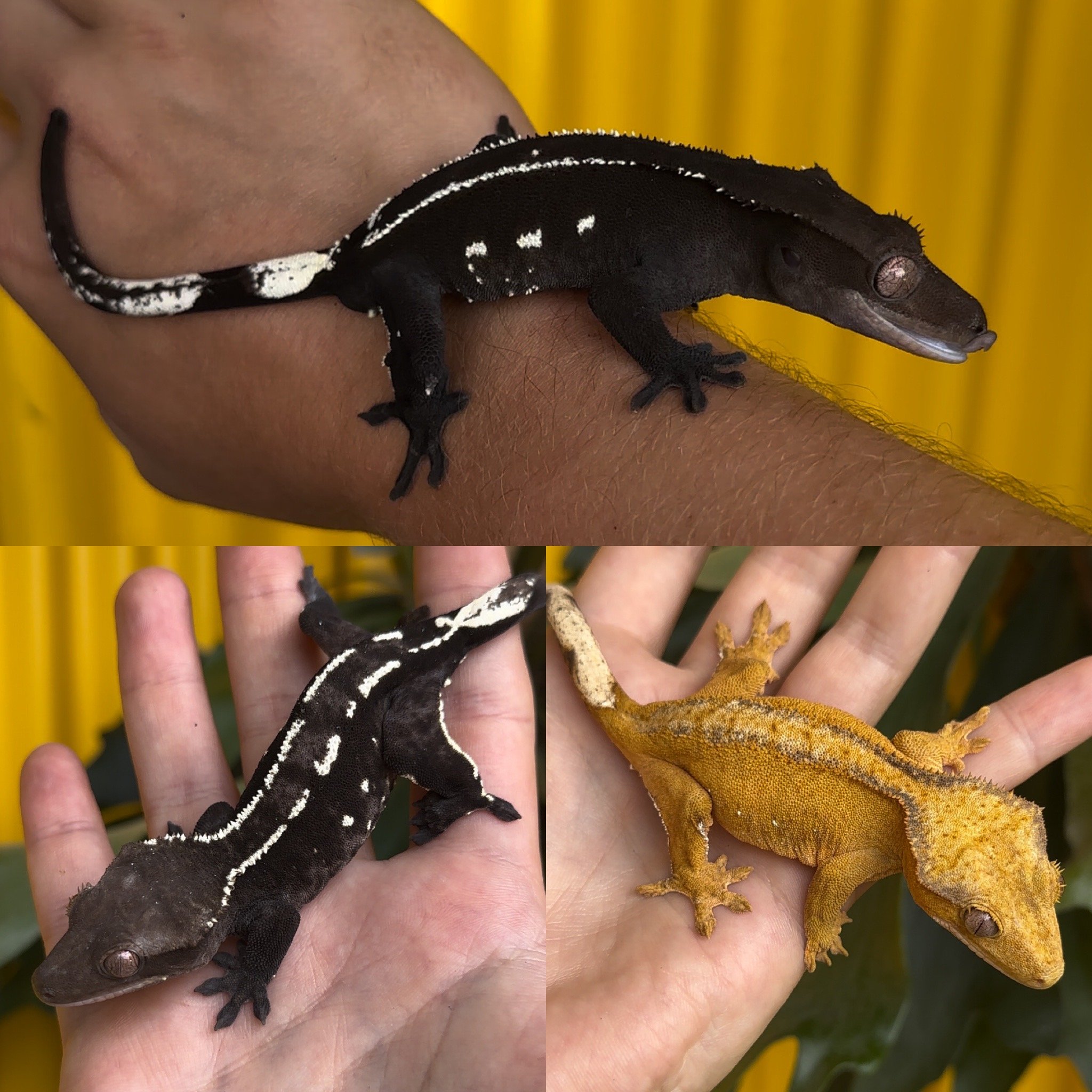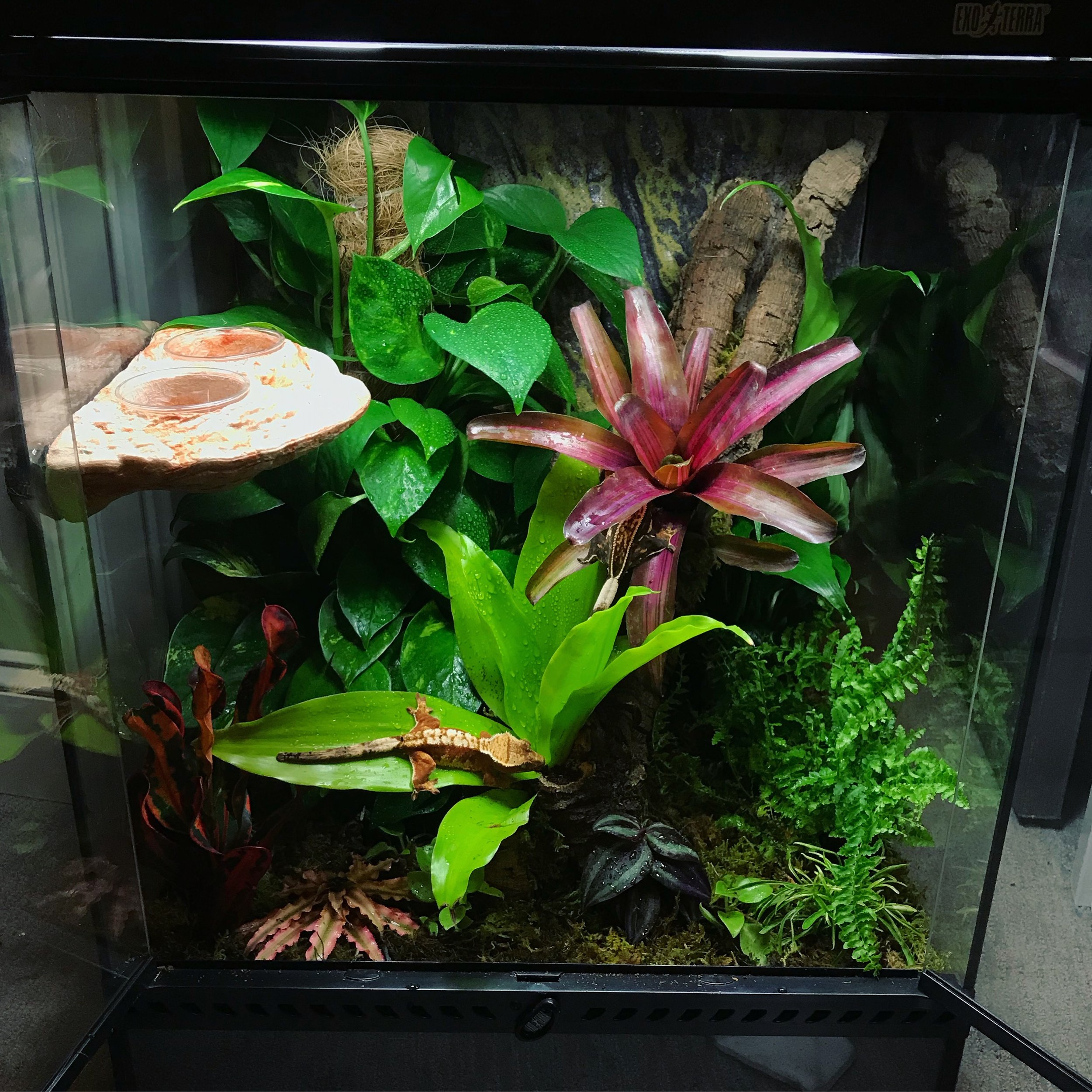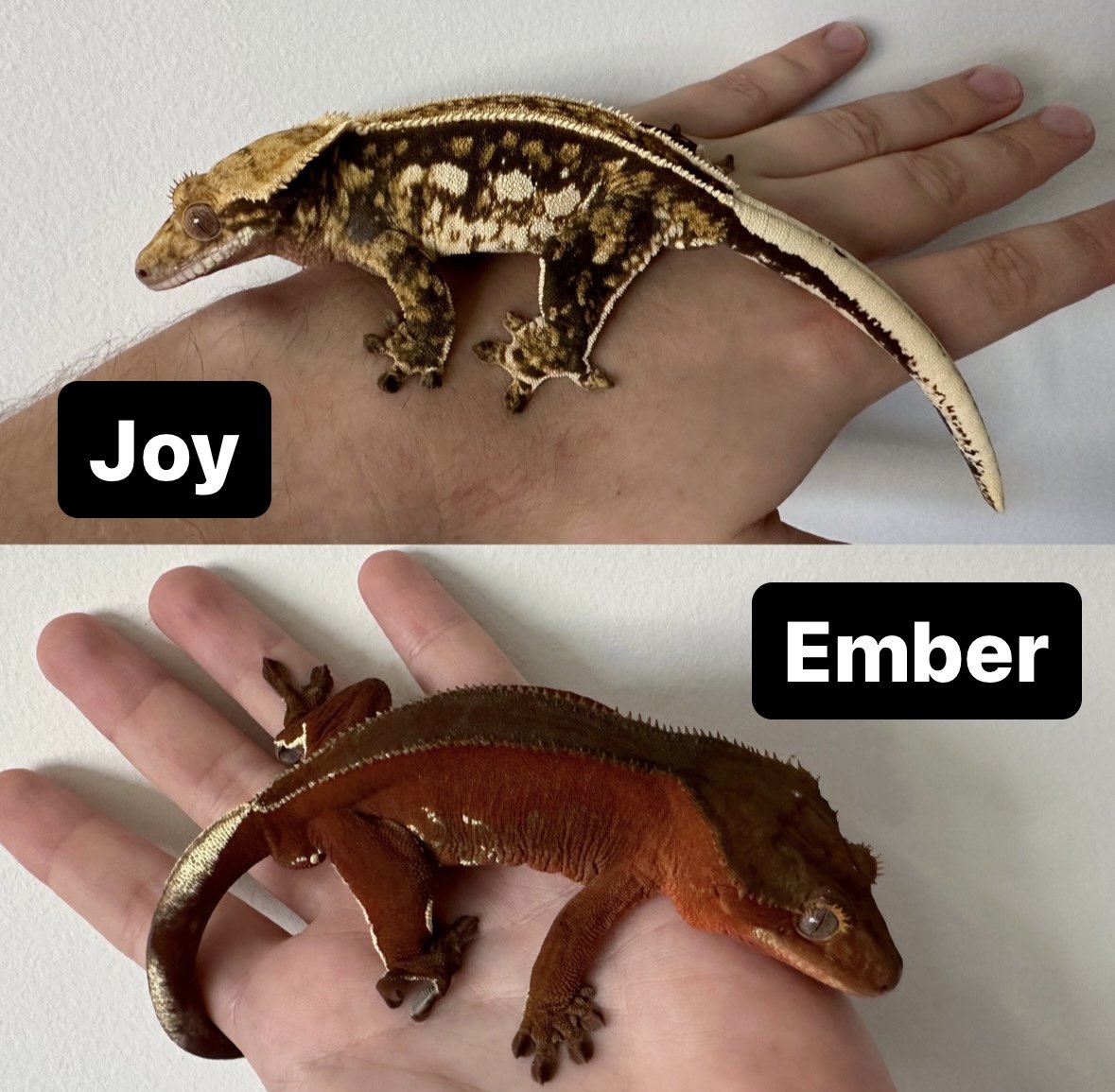
Crested Gecko Care Sheet
Here you will find a basic care sheet for keeping a healthy crested gecko. If you have any questions, please reach out as I am happy to help!

Generic Isopod Care Sheet
In this post, there is a generic care sheet for isopods to help them thrive at home in an isopod specific bin. This does not all apply for putting them into a bioactive enclosure with other animals. This is for species specific bins/enclosures for isopods. Some isopods prefer more humidity, some prefer more protein based diets etc. Don’t hesistate to reach out if you have any questions!

Dart Frog Care Sheet - Generic
Here you will find a generic care sheet for dart frog care. They all require about the same care, but there are genus and species specific differences to consider. Some frogs are more arboreal, others are more terrestrial. Some frogs are egg obligate feeders, some are facultative egg feeders and some it is easier to pull the eggs as there is no parental care beyond moving the tadpoles to water. Some species such as phyllobates will readily eat crickets, whereas others can only eat melanogaster flies etc. If you have any questions, reach out, I am happy to help!

2025 Gecko Pairings
Here you will see my plans for the 2025 gecko pairings I am planning for 2025.




New Year, New Pairings!
Here are what geckos I’m planning to pair this year. Click for photos!


